Isla Corazon was formed by sediment deposition of the Rio Chone on its way out to the ocean to the central coast of Ecuador. The estuary of this river had been populated by mangroves for centuries but most of it has been destroyed to give way to shrimp farming, luckily the local community of Puerto Portobelo became interested in the protection of the mangroves since they have been local fishermen who have benefited from the mangroves for many generations. The mangroves have been part of their lifes and therefore decided to work together as a community and try to save a small piece of the biodiversity that once proliferated the Rio Chone estuary.
Birdwatching around this area can be very productive, instructive, and also provide a means of survival to the small community of fishermen that love Isla Corazon. As a supporter of conservation and eco-tourism we have been there multiple times and found their conservation work impressive and deserving of more press. As in many other community birdwatching places our latest National Plan for Sustainable Development of Birdwatching Tourism in Ecuador ignores these important birdwatching areas so we have chosen to presented here for the benefit of the un-benefited.
Here are some of the best birds I have seen at Isla Corazon:


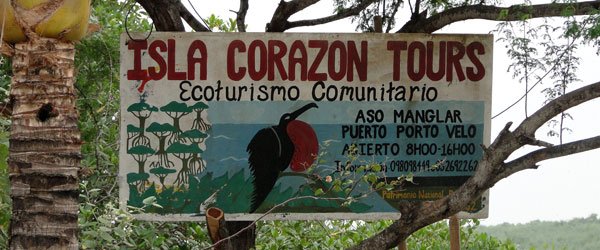
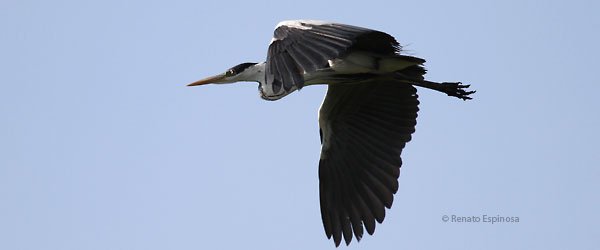
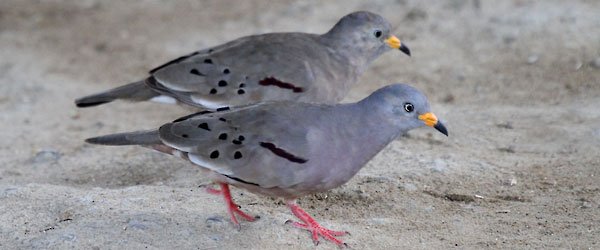
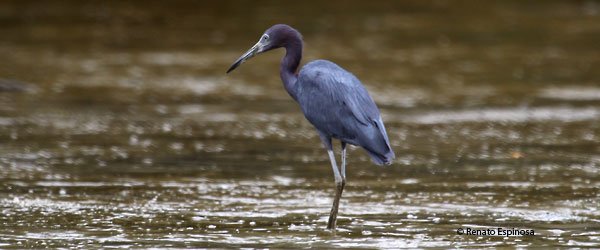
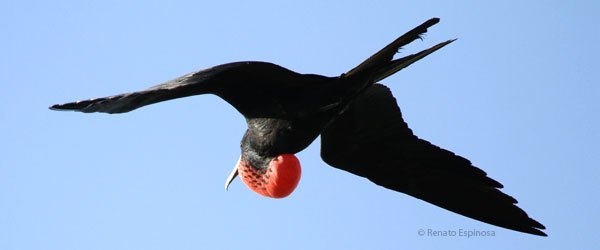

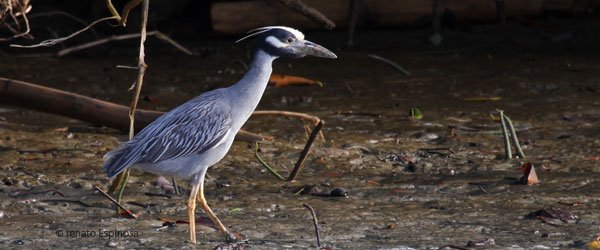
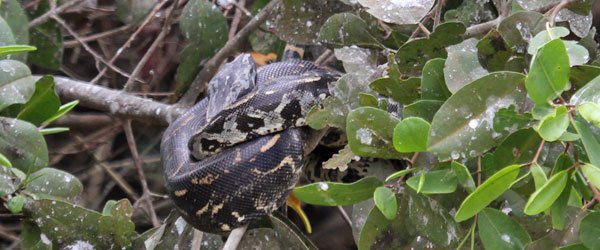





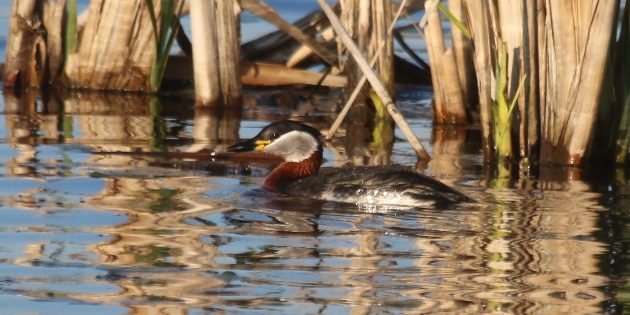





Thanks for letting us know about this little known birding site. Cool Boa!
I love the Croaking Ground-Dove!
And they croak like a frog!